Learning Center
Writing
Understand the difference between revising and editing
october 31, 2023
When taking a piece through the complete writing process (versus composing a first-and-only draft), students often perceive revising and editing as having to “do” the writing again. However, both of these steps serve valuable purposes and require separate and explicit instruction.
Revision typically occurs before editing. There is no sense in correcting the spelling of words that will be replaced with stronger synonyms or cleaning up the mechanics of a run-on sentence that will ultimately be deleted. Consequently, before correcting grammar and mechanics, students should revise the content and information.
Revise the content
Guide students to reread their first drafts for places where the ideas are:
- Confusing—and need to be clarified.
- Vague—and need to be elaborated.
- Irrelevant—and need to be deleted.
- Wordy—and need to be tightened.
To address these weaknesses, students will also need ways to make room for this additional content. Obviously, if the first draft was composed digitally, this isn’t difficult. But when the first draft was handwritten, provide strategies for them to add, change, and cut content—without wasting time recopying.
One such approach is to introduce the Spider-Leg strategy. Provide strips of paper or “spider legs” that can be used by students to write individual sentences. Then, they tape the spider legs onto the original draft—inserting them in just the right spot. PRIMARY NOTE: Students can take fragments from their original writings and flesh them out into full sentences.
For more significant additions, teach students “Story Surgery” so that they can revise “the guts” of the piece by inserting, cutting, or rearranging chunks of the writing. (NOTE: Story Surgery requires that students write on only one side of their papers.)
To conduct the surgery, a student identifies a place to add several sentences—like a paragraph or more. At that place, he cuts his writing, taping a half-sheet of paper in between the two parts of the original draft. Now he has inserted a new “organ” where he will write the additional information.
Revise the organization
As students write more sentences and develop their thinking through revision, the trait of ideas tends to improve. However, the trait of organization often runs awry. Teach students how to revise the order and arrangement of sentences by using color to group similar ideas. Model how to read and highlight every sentence according to the subtopic or facet it represents. For example, in a piece about a field trip to the zoo, students may highlight sentences about the reptile area in green, the penguin cove in blue, the petting zoo in yellow, and the bus ride in pink. Teach students to put together information on one subtopic by grouping sentences of the same color. While revision addresses the content of the message, editing improves the conventions.Edit the conventions
At this stage, the student turns his attention to fixing grammar, addressing mechanics, and correcting spelling.
Explain that when editing, their role shifts from writer to reader. Considering that when they wrote the draft, the paper was on their desks, tell them that when editing, they are reading it—like their audience would be. Therefore, they should lift the paper to edit.
This shift in the physical plane or angle of the paper immediately changes the perspective of the text and allows students to see their own writing in a different way. (Obviously, if the draft was composed on a screen, then students won’t be lifting the device or monitor. But, they should increase the font size significantly before self-editing. This adjusts the position of the words on the screen, creating a new reading experience for the student.)
In addition to changing the plane or perspective of the writing, students should also whisper aloud as they reread. This naturally slows them down, because it takes longer to pronounce all the words—versus saying them silently in their heads.
While whisper reading, he should also touch or track the words along the way. This is one way to confirm that what he thinks he wrote actually made it on the paper.
Another strategy to increase the effectiveness of self-editing is to teach students to reread multiple times, checking for a different convention with each pass.
Adding several sets of plastic glasses (with the frames popped out) adds a level of fun to this monotonous task. Pair a convention skill with each set of glasses; this implies that students are editing through a different lens each time.
Understanding the difference between revising vs editing is a common struggle point. Kids (and teachers) often combine them as a single act: We’re going to revise and edit today. Rather, separate these two steps of the writing process, providing tangible strategies to execute each individually and purposefully.

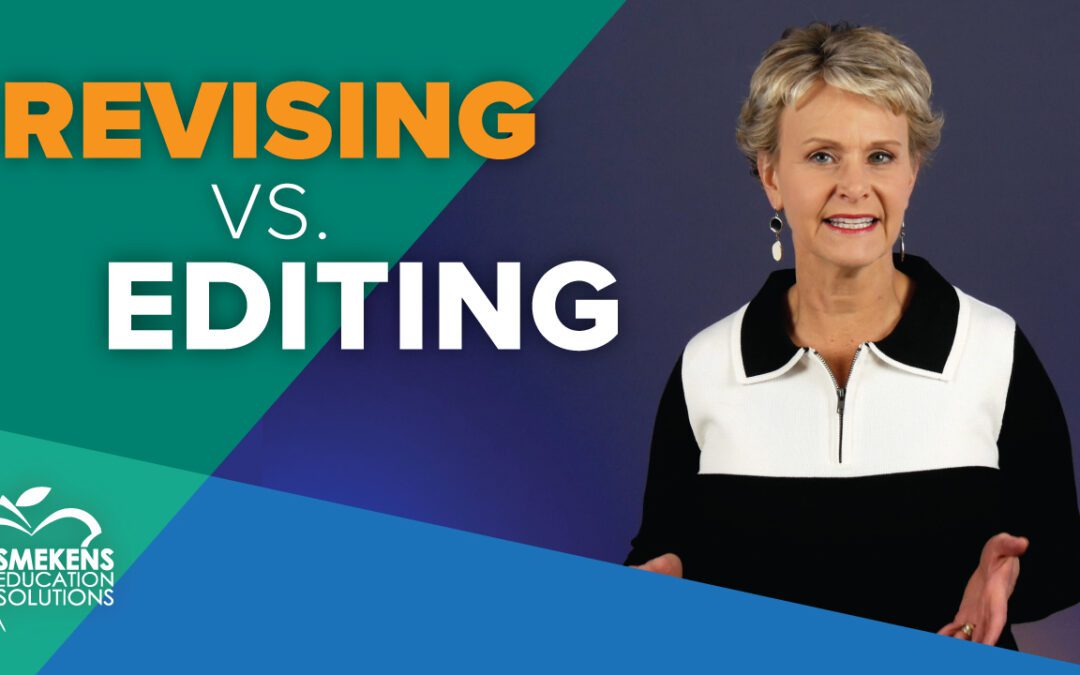
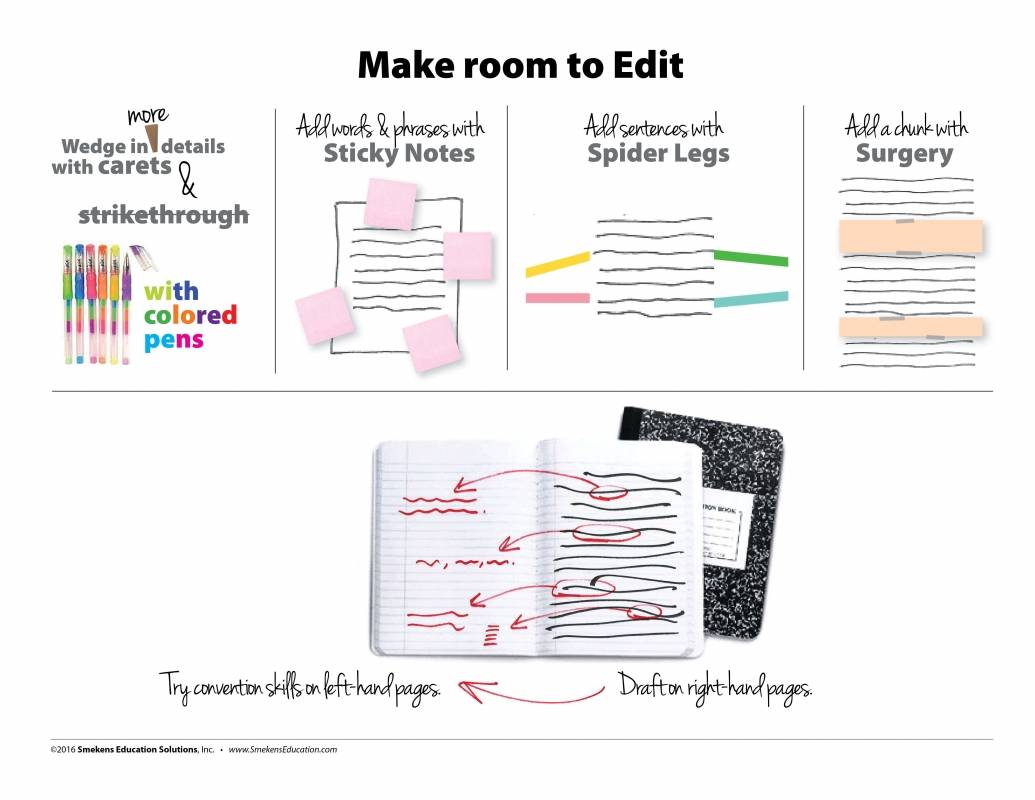
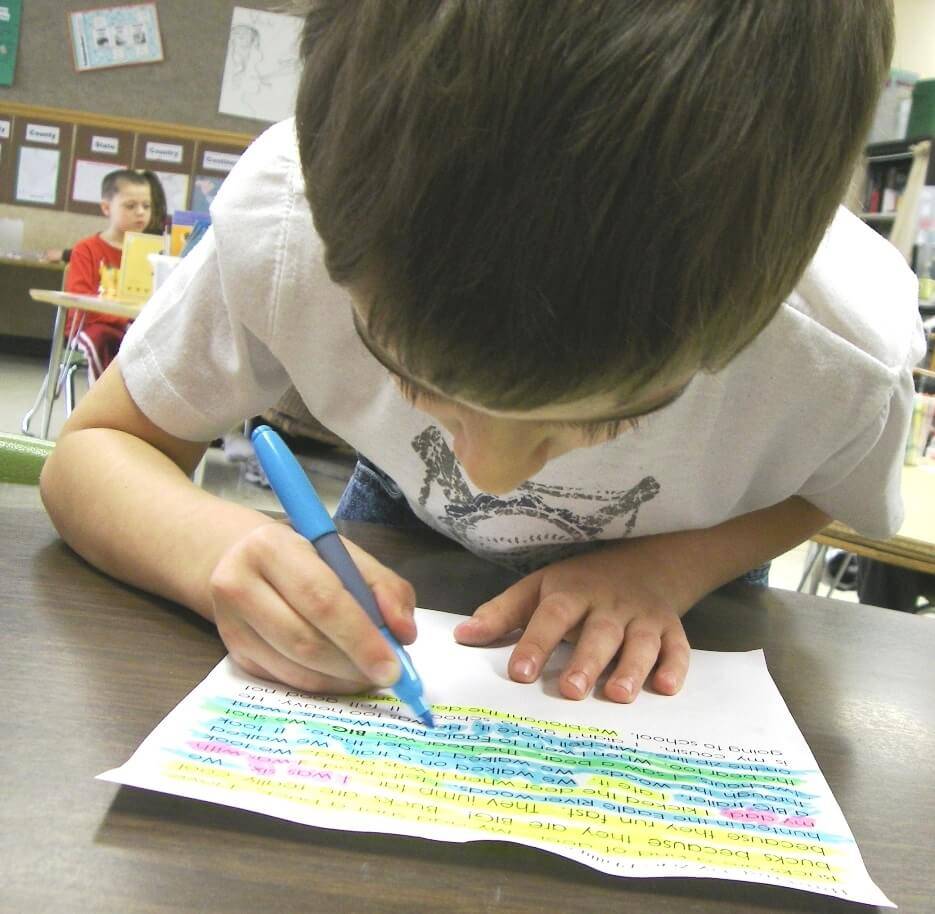
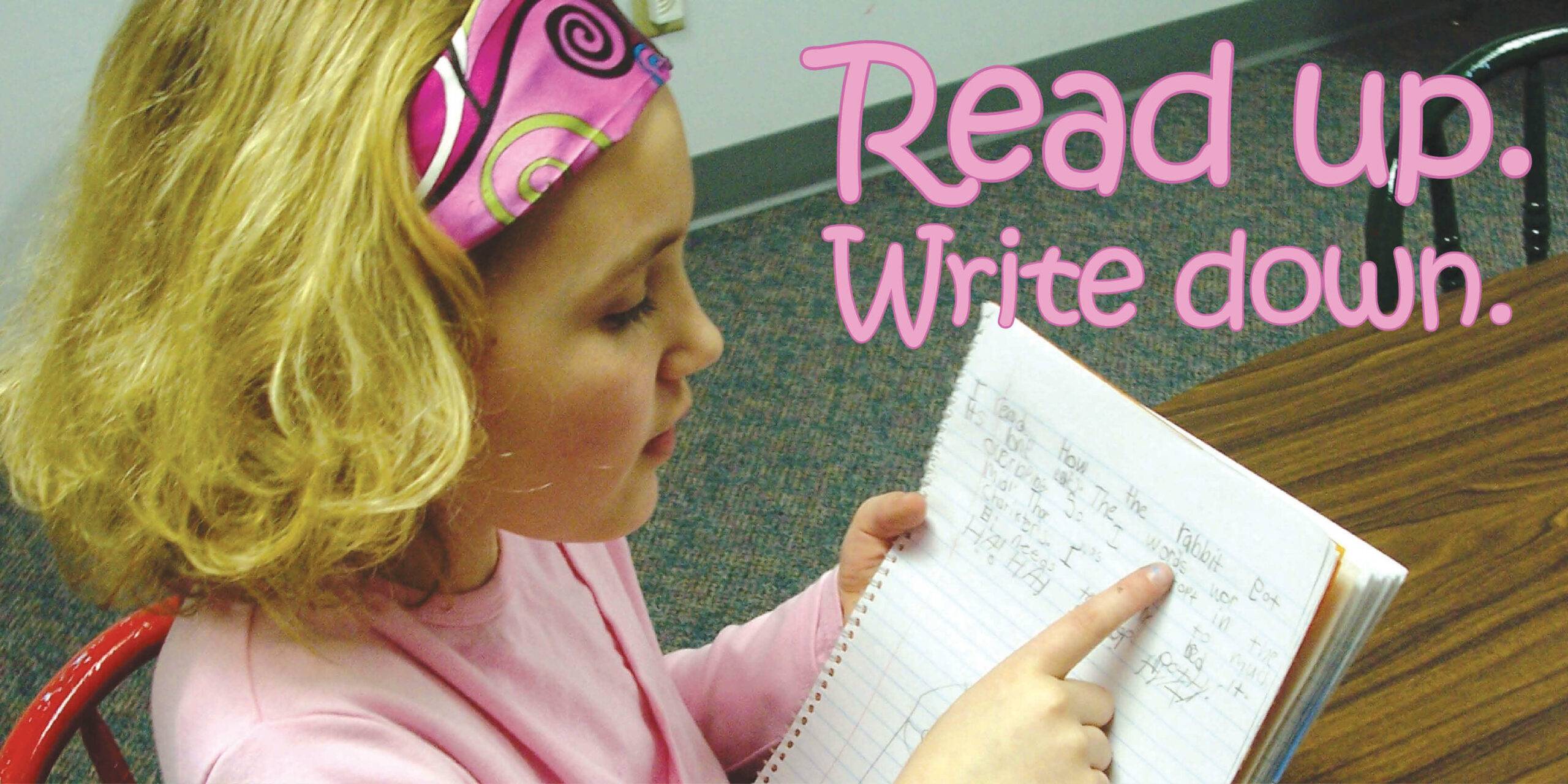 Explain that when editing, their role shifts from writer to reader. Considering that when they wrote the draft, the paper was on their desks, tell them that when editing, they are reading it—like their audience would be. Therefore, they should lift the paper to edit.
Explain that when editing, their role shifts from writer to reader. Considering that when they wrote the draft, the paper was on their desks, tell them that when editing, they are reading it—like their audience would be. Therefore, they should lift the paper to edit.
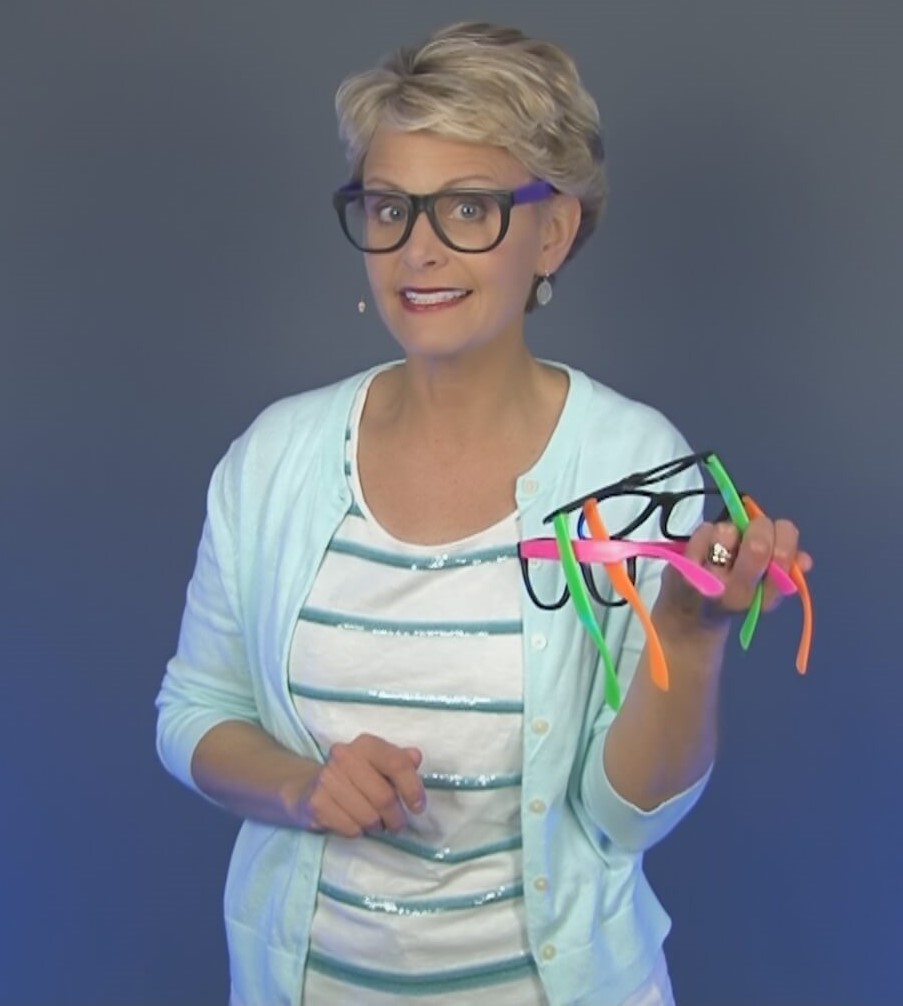

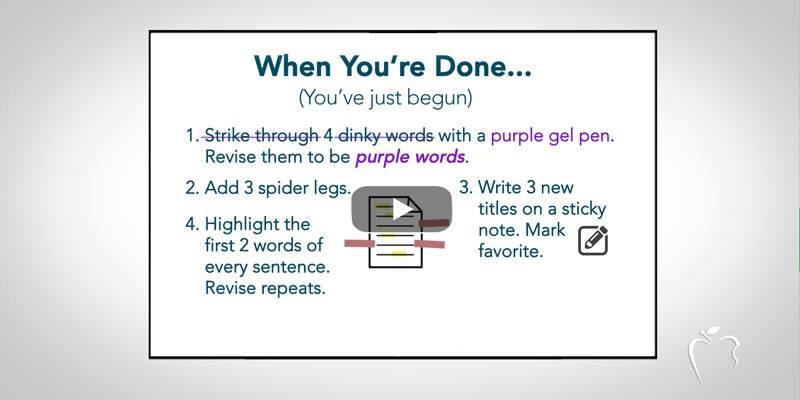
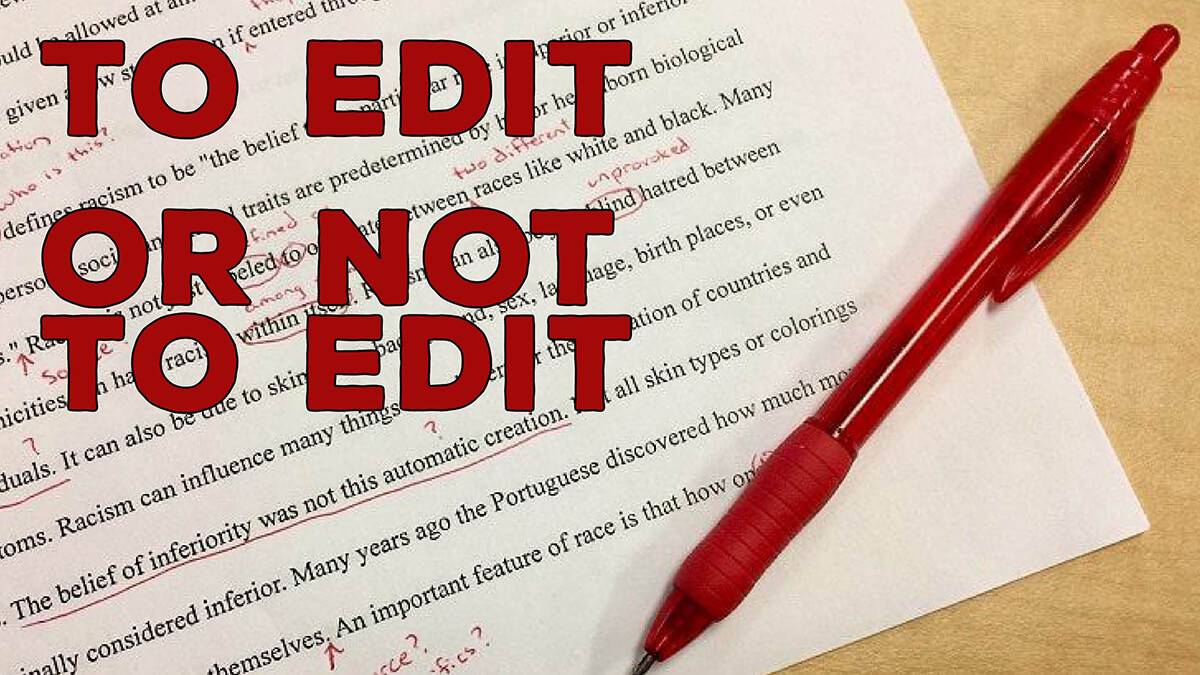
This is a great post on a very important topic for writers because it’s very important to know the differences between editing and revising.
We appreciate what you’re providing for businesses as we seek to support educators.